Who Was Ashoka the Great?
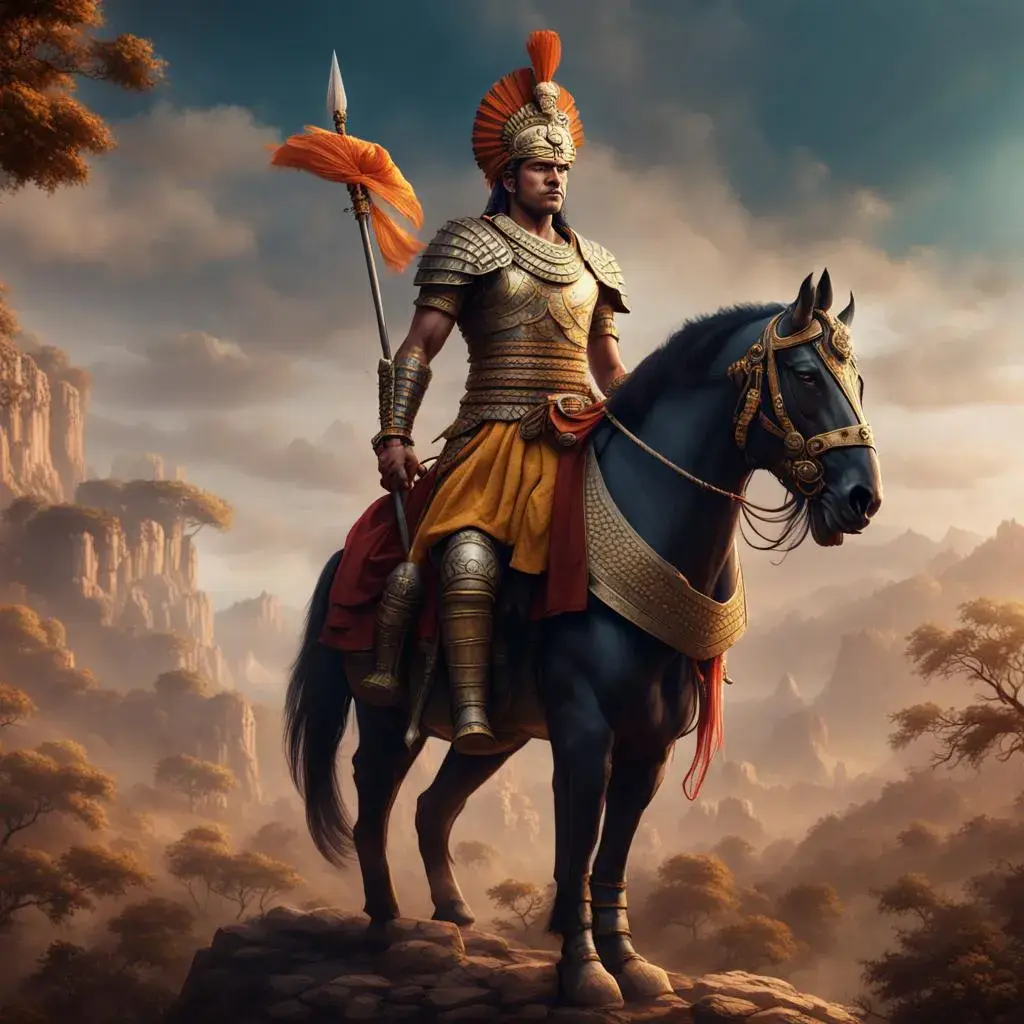
In the vast chronicles of world history, few rulers have undergone a transformation as profound as Ashoka the Great. He began his reign as a ruthless warrior king, known for his brutal conquests and expansionist ambitions. But a singular, haunting event—the Kalinga War—triggered a change so drastic that Ashoka became a champion of non-violence, compassion, and spiritual enlightenment.
Ashoka, the third ruler of the Maurya Dynasty, is remembered not only for building one of the largest empires in Indian history but also for renouncing violence to follow the path of Buddhism. This blog dives deep into Ashoka’s life, from his bloody rise to power to his enduring legacy as a peaceful monarch and global symbol of ethical leadership.
Early Life and Rise to Power
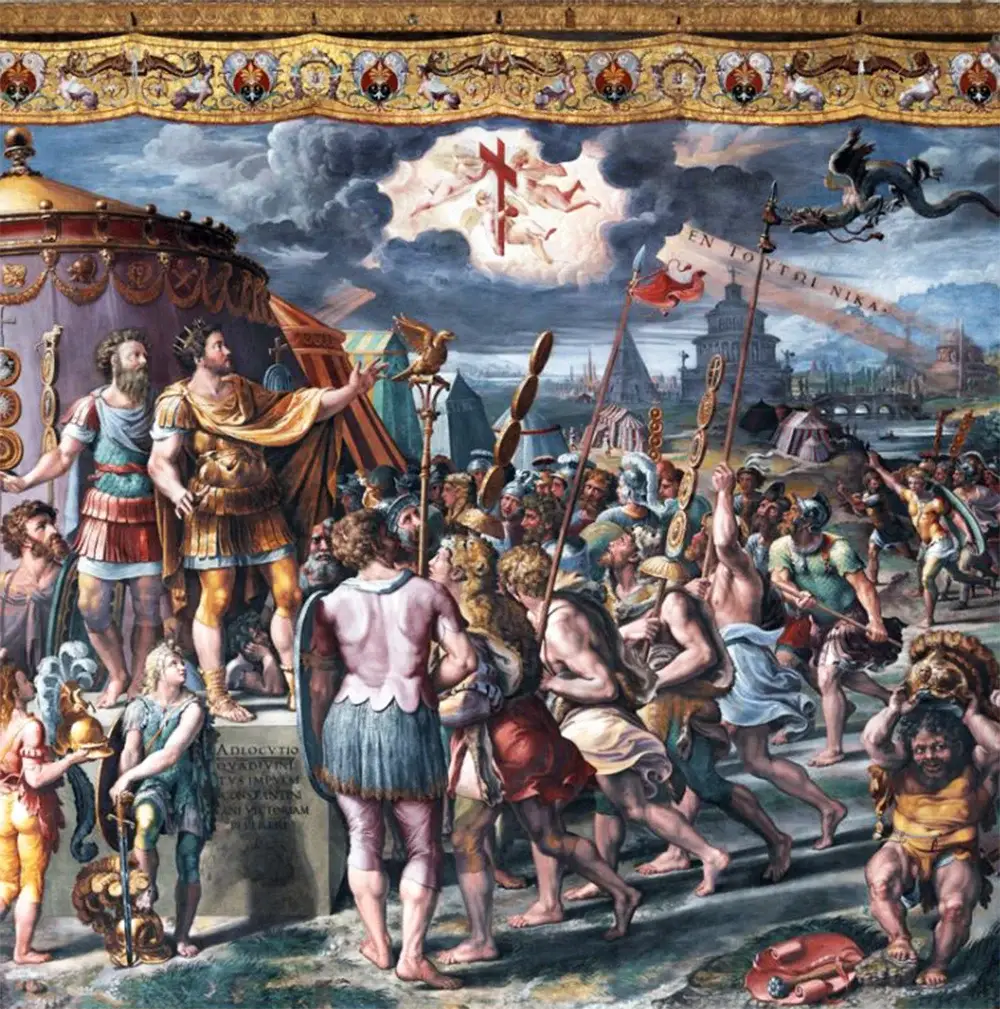
Birth and Background
Ashoka was born around 304 BCE to Bindusara, the second Mauryan emperor, and was the grandson of Chandragupta Maurya, the founder of the Mauryan Empire. Although not the heir apparent, Ashoka was a skilled warrior and administrator from a young age.
Struggle for Succession
After Bindusara’s death, Ashoka faced stiff competition from his brothers. Historical accounts suggest that Ashoka eliminated many of his rivals to claim the throne—an early indication of his ruthless nature. He was crowned emperor around 268 BCE, taking control of a massive and diverse territory stretching across the Indian subcontinent.
The Ruthless Conqueror: The Kalinga War
The Invasion of Kalinga (261 BCE)
Kalinga (modern-day Odisha) was a wealthy, independent kingdom that resisted Mauryan control. Ashoka, eager to expand his empire, launched a full-scale military invasion. The result was one of the bloodiest battles in ancient Indian history.
Aftermath and Casualties
According to Ashoka’s own inscriptions in the 13th Rock Edict, over 100,000 people were killed, 150,000 were taken as prisoners, and countless others died later from wounds or displacement. While victorious, Ashoka was deeply shaken by the human suffering he witnessed.
The Turning Point: Ashoka’s Remorse and Awakening
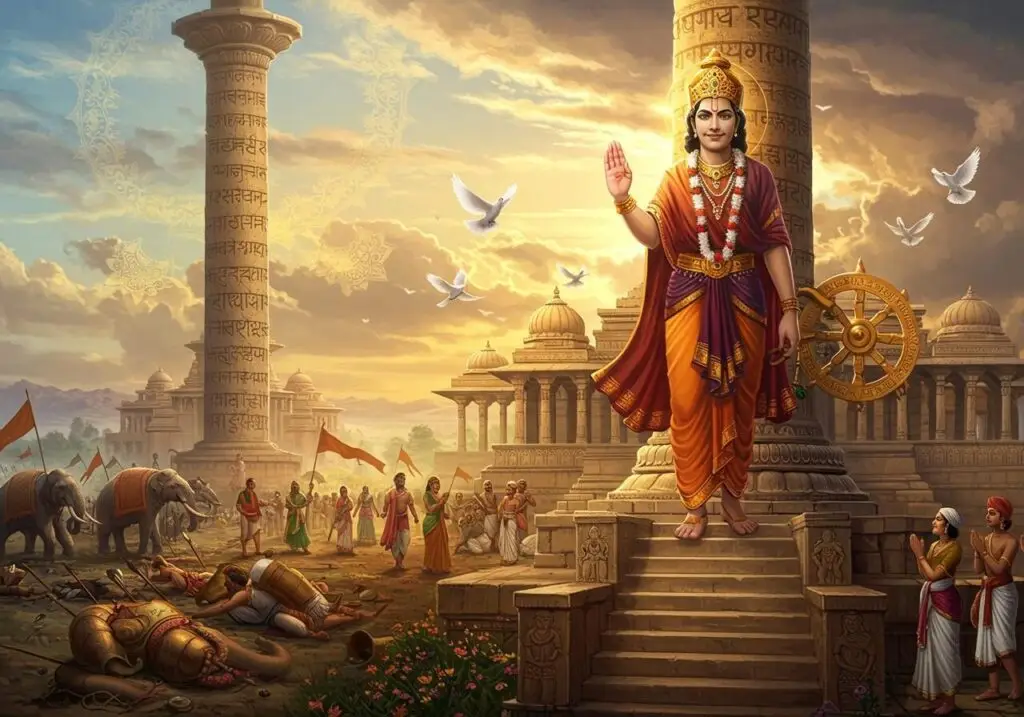
The Haunting Reality of War
Unlike past victories that brought pride, the Kalinga conquest brought Ashoka only guilt and anguish. The sight of burning villages, dead soldiers, and grieving families triggered a spiritual crisis. This moment marked a major pivot in his life.
Embracing Buddhism
Ashoka found solace in Buddhism, particularly its teachings on compassion, non-violence, and self-control. He formally embraced the Buddhist path and became a lay disciple of the monk Upagupta, who is said to have guided him through his moral transformation.
Ashoka’s Dhamma: A New Way of Governance
What is Dhamma?
Rather than enforcing a state religion, Ashoka promoted Dhamma, a code of ethical conduct rooted in universal values such as:
Kindness to animals and humans
Respect for elders, teachers, and parents
Tolerance among different religious sects
Truthfulness and non-violence
Generosity to the poor
Edicts and Inscriptions
To spread Dhamma, Ashoka had inscriptions carved on rocks and pillars across his empire—in multiple languages like Brahmi, Kharosthi, and Greek. These Ashokan Edicts are among the earliest written records in Indian history and are vital to understanding his reign.
Reforms and Welfare Policies
Social Welfare Initiatives
Ashoka was perhaps the first welfare-oriented monarch in recorded history. His policies included:
Free medical facilities for humans and animals
Construction of wells, roads, and rest houses for travelers
Establishment of veterinary clinics
Appointment of Dhamma Mahamatras—officials tasked with promoting ethical behavior
Religious Tolerance
Though a devout Buddhist, Ashoka never imposed his beliefs. Instead, he advocated for inter-religious harmony, asking people to respect all sects and avoid unnecessary criticism.
Spreading Buddhism Beyond India
Missionary Efforts
Ashoka sent missionaries across Asia to spread the teachings of the Buddha. Notable among them were:
Mahinda (his son) and Sanghamitta (his daughter) to Sri Lanka
Missions to Southeast Asia, Central Asia, and the Middle East
Collaboration with Greek kings to propagate Buddhism in Hellenistic territories
Cultural Impact
Ashoka’s efforts made Buddhism a global religion. Many scholars credit him for laying the foundation for the spread of Buddhism to China, Korea, Japan, and beyond.
Ashoka’s Architecture and Legacy
Ashokan Pillars and Stupas
Ashoka commissioned hundreds of pillars, stupas, and monuments. Notable examples include:
The Lion Capital of Sarnath – Now the National Emblem of India
The Great Stupa at Sanchi – A UNESCO World Heritage Site
The Ashoka Chakra – A 24-spoke wheel that adorns the Indian national flag
Symbol of Ethical Leadership
In modern India and across the world, Ashoka is viewed as a beacon of ethical governance. His reign is cited in leadership, peace-building, and interfaith harmony discussions.
Ashoka in Literature and Modern Culture

Historical Records
Ashokavadana and Mahavamsa provide detailed, though semi-mythical, narratives of his life.
Chinese traveler Fa-Hien wrote about Ashoka’s monuments during his visit to India in the 5th century CE.
Ashoka in Modern Media
Ashoka’s story has inspired:
Television serials and documentaries
Novels and children’s books
University programs on ethics and leadership
Lessons from Ashoka’s Transformation
Ashoka’s life teaches us that true greatness lies in humility and empathy, not conquest. His story remains relevant in today’s world of conflict, intolerance, and aggressive politics.
Key Lessons:
Power used without compassion leads to destruction.
Self-reflection can change even the most powerful.
Promoting peace and tolerance is a strength, not a weakness.
The End of Ashoka’s Reign and His Death
Ashoka ruled for nearly 40 years and died around 232 BCE. The empire slowly declined after his death, but his moral influence far outlived his political power.
Even centuries later, Emperor Ashoka is remembered not for his empire—but for his humanity.
My Opinion: Ashoka—The Warrior Who Became a Monk
The journey of Ashoka the Great—from a brutal conqueror to a peaceful monk—is not just a historical tale, but a powerful narrative of inner transformation, leadership, and moral awakening. His life illustrates that even the mightiest can choose a path of peace and compassion.
Ashoka’s legacy reminds us that true power comes not from conquering others, but from mastering oneself.
In an age rife with polarization, violence, and ego-driven politics, Ashoka’s story is a timeless beacon guiding humanity toward unity, empathy, and peace.
Related posts:
 What Was The Role Of Vinayak Damodar Sawarkar In Indian Independence Movement?
What Was The Role Of Vinayak Damodar Sawarkar In Indian Independence Movement?
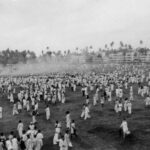 Quit India Movement: India’s Pivotal Struggle for Independence
Quit India Movement: India’s Pivotal Struggle for Independence
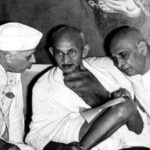 What Was The Role Of Jawaharlal Nehru In Indian Independence Movement?
What Was The Role Of Jawaharlal Nehru In Indian Independence Movement?
 The Role of Chandra Shekhar Azad in Indian Independence
The Role of Chandra Shekhar Azad in Indian Independence
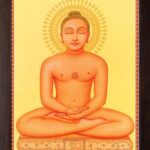 The Relevance of Mahavir Swami’s Philosophy in Today’s World
The Relevance of Mahavir Swami’s Philosophy in Today’s World
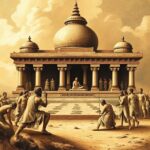 The Vedic Civilization: Myths, Facts, and Its Influence on Modern India
The Vedic Civilization: Myths, Facts, and Its Influence on Modern India
